7 mistakes you are making with coastal decor – and how to avoid them to keep this popular style feeling chic
Interiors experts share the errors they see people make with coastal decor as well as the ways to avoid blunders
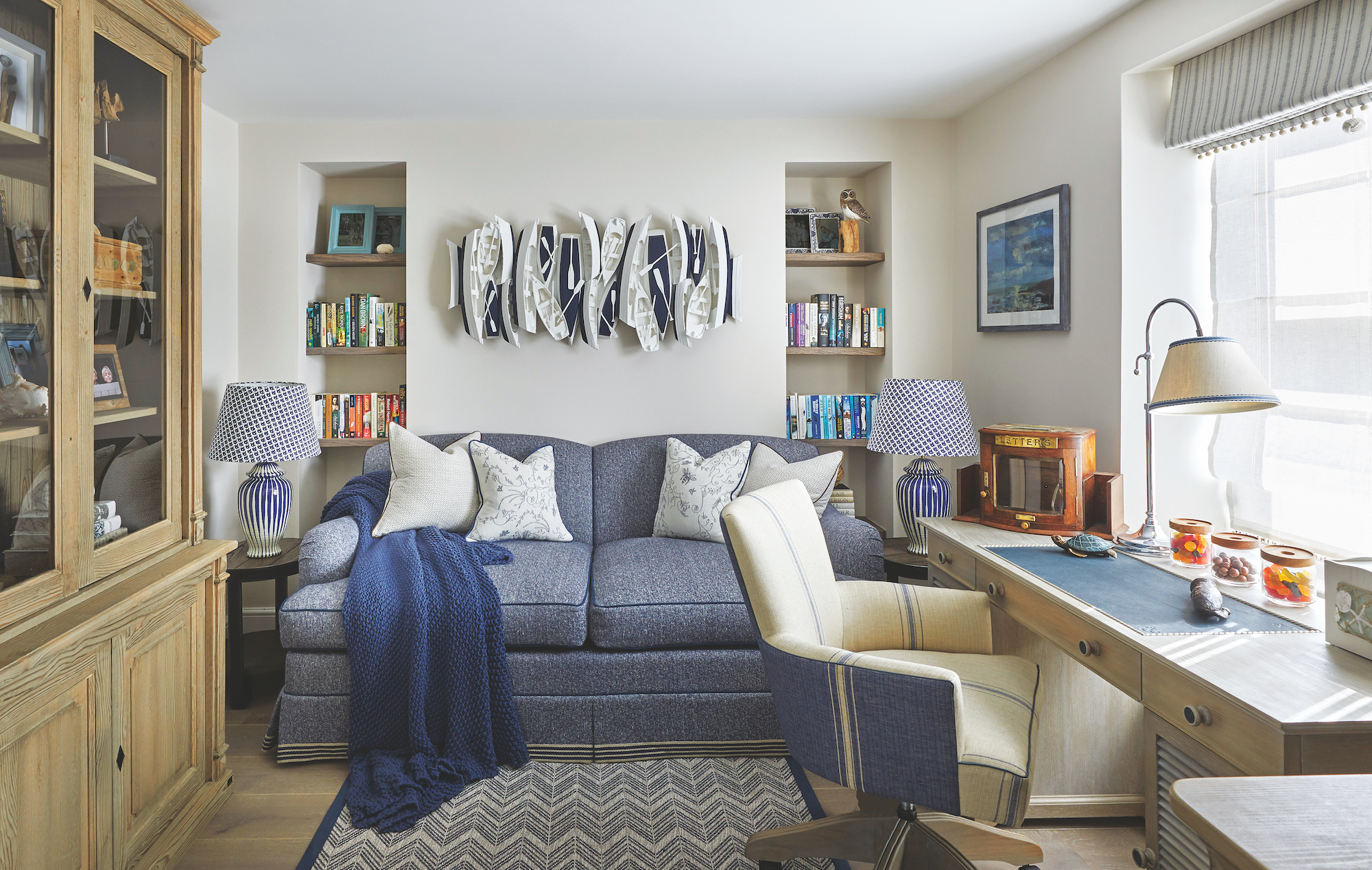

The laid-back vibe of coastal decor and its evocation of the beautiful environment make it enduringly popular. But it’s also a look that can invite mistakes that make it kitsch rather than cool.
The best coastal decor ideas take inspiration from the landscape in their choice of colors, textures, and finishing touches. Get these elements right and relaxing, welcoming interiors that are light-filled and uncluttered are the reward.
Here, we’ve put together the coastal decor mistakes that can ruin the picture – and the ways to avoid falling into the traps.
7 coastal decor mistakes and the remedies to them
Whether you’re thinking about coastal living room ideas, a coastal kitchen, or a coastal bathroom, swerving the classic errors is vital in creating interiors that say ‘inspired by’ rather than ‘themed’.
You might be decorating a coastal home or simply want to evoke the appeal of the landscape when you’re actually located far from the sea but, either way, these expert strategies will ensure you can skip the errors these interiors can be prone to and get the look you love.
1. Too much navy
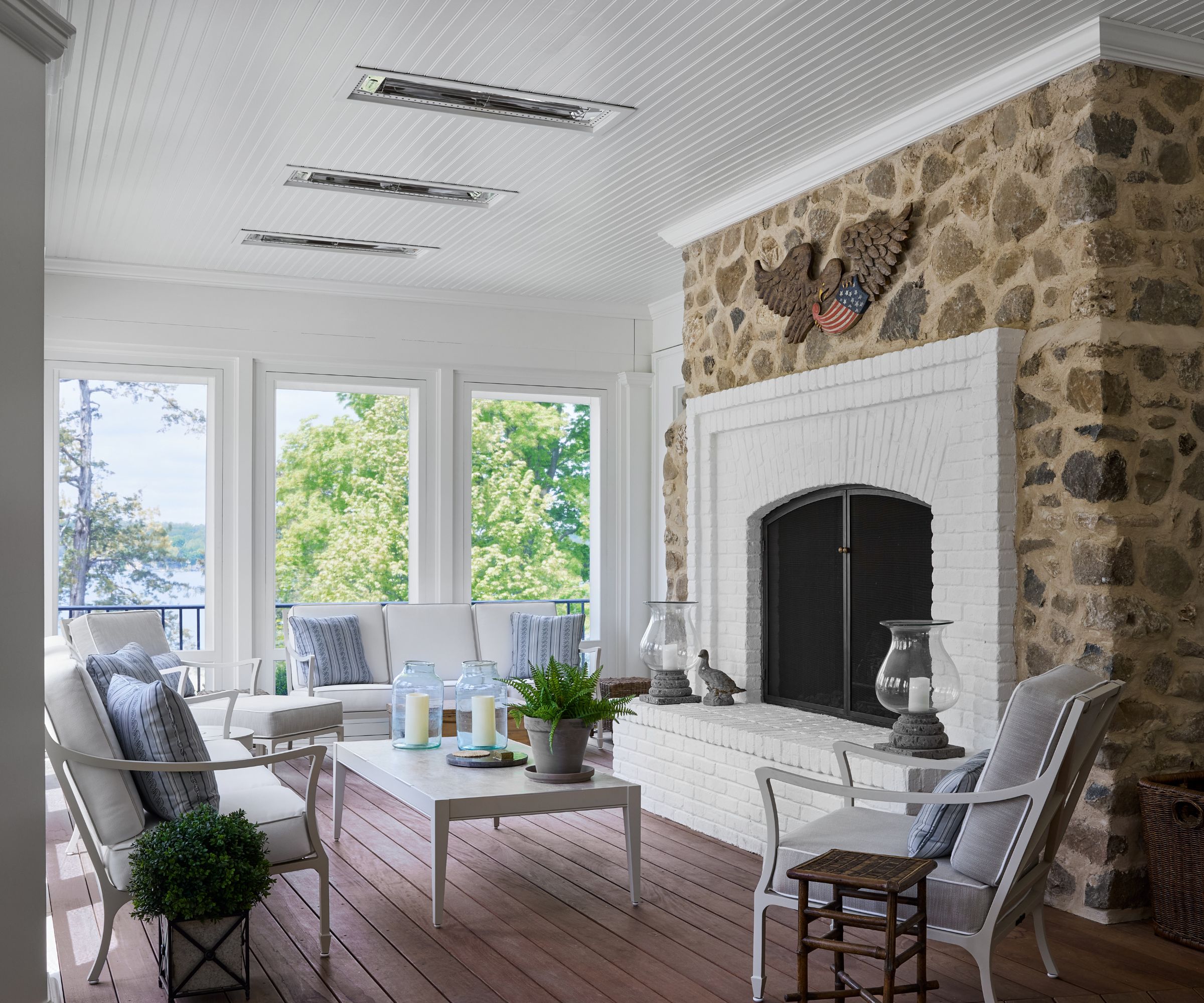
A surfeit of navy blue is a pitfall for the unwary adopter of coastal decor. ‘When designing a beach home, it’s easy to fall into the trap that everything needs to be navy,’ says interior designer Emily LaMarque of Emily LaMarque Design Studio.
‘Navy beach decor is overdone, it’s too nautical, and it can look heavy and dated quickly. Instead, try decorating with blues that are pale sky blue or sea-glass greens combined with bright white tones and sandy-colored neutral base layers.’

Whether the project is a blank canvas or a complete restoration, Emily LaMarque brings over 15 years of experience, unparalleled personal attention, and a meticulous eye for detail to deliver spaces rich with style, creativity, and individuality. Emily sets herself apart from other designers by pairing her natural design talent with a comprehensive understanding of the construction process. She can both create a detailed, unique design plan, and oversee a project’s implementation to completion.
2. Mixing up styles
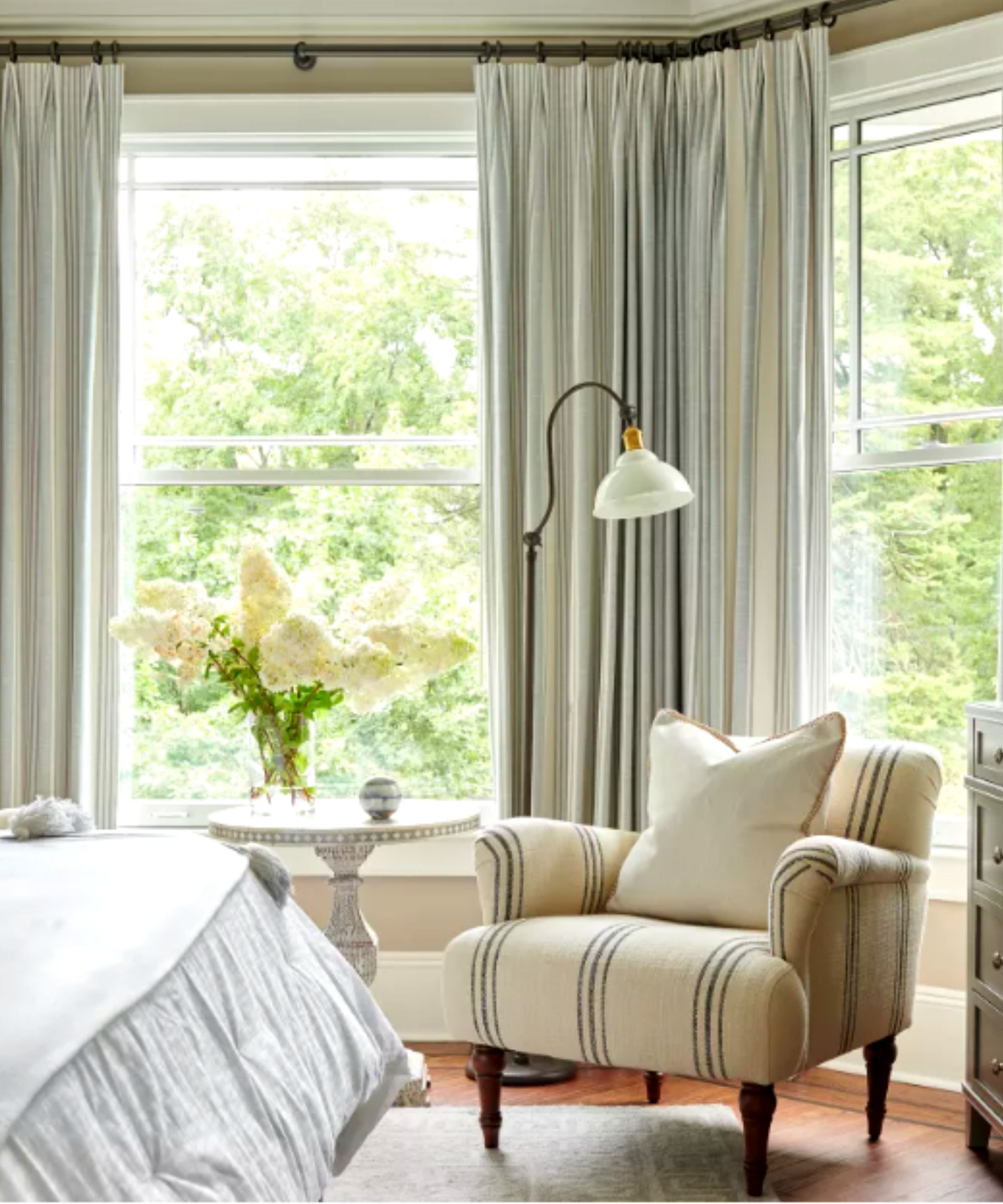
We should perhaps be talking coastal styles rather than style because mixing up looks inspired by different coasts can be an error. California, for instance, will provide cues for decor that aren’t the same as those from New England.
The way to be sure of evoking the right coast before you make costly mistakes? Create a mood board as a check that the individual elements you’re proposing are cohesive in their intention.
3. Overtheming
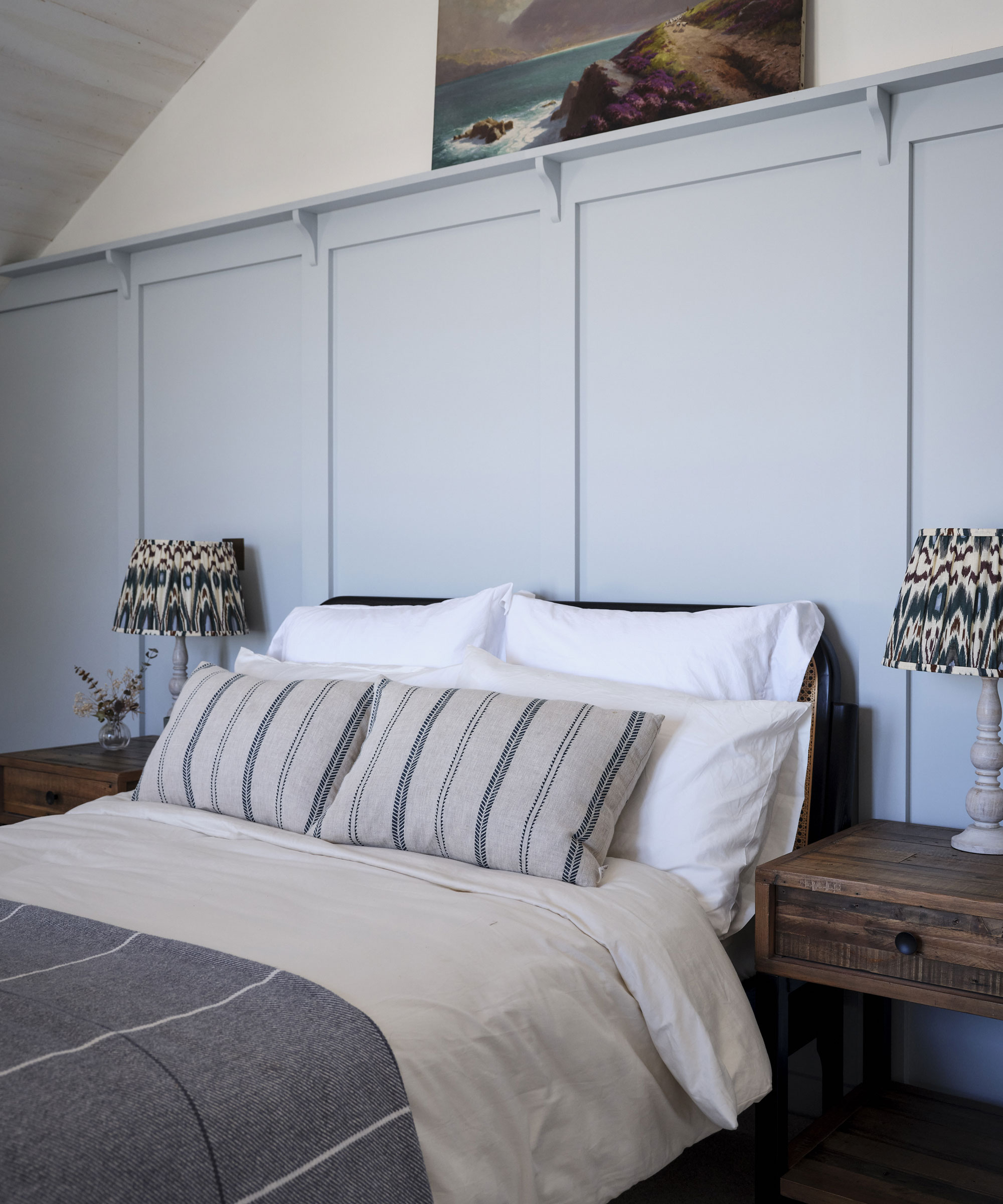
A mistake the experts frequently see with coastal decor is a lack of subtlety. ‘Coastal done right is elevated and inviting,’ says interior designer Cassie Scaldaferri of CASS Design Co.
‘One mistake that people make when trying to achieve this interior design style is going overboard with coastal touches. By adding too many, the look can become overdone and too themed.
‘A better approach is to sprinkle in subtle touches. For example, you can use woven texture on an accent piece or lighting to create visual interest and a coastal appeal in a space. However, an entire room furnished with woven pieces can actually look dated, giving off run-down beach house vibes. A little goes a long way when it comes to coastal touches!’

Cassie Scaldaferri is the owner and lead interior designer of CASS Design Co. With a keen eye for detail and a passion for creating casual, refined living spaces, Cassie’s style blends natural elements found at the coast with modern design principles. In addition to creating elevated interiors, Cassie also shares insights and inspirations through her design blog, guiding clients and enthusiasts alike on their journey to coastal-inspired living.
4. Majoring on nautical
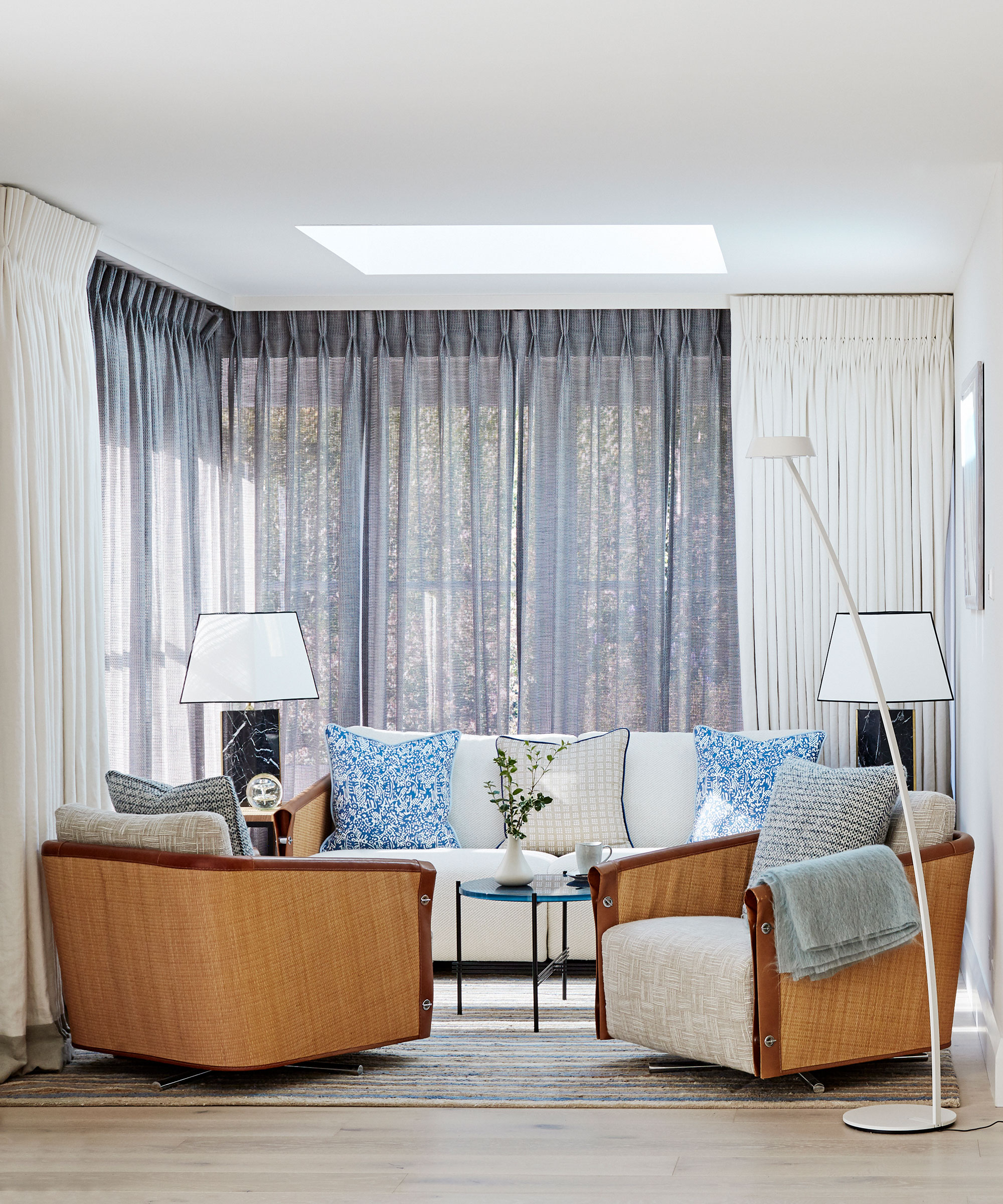
There’s a distinction to be made between the nautical and the coastal. ‘It’s really the difference between the idea of bringing in a sailing theme and that of creating a by-the-sea look,’ says Hebe Hatton, head of interiors at Homes & Gardens.
‘The latter is what you should be evoking with the choice of colors, textures, and a laid-back atmosphere if coastal style is your goal. Avoid sailing artwork or decorative pieces, maps and charts, and so on as they’ll strike the wrong note in that case.’
5. Ignoring negative space
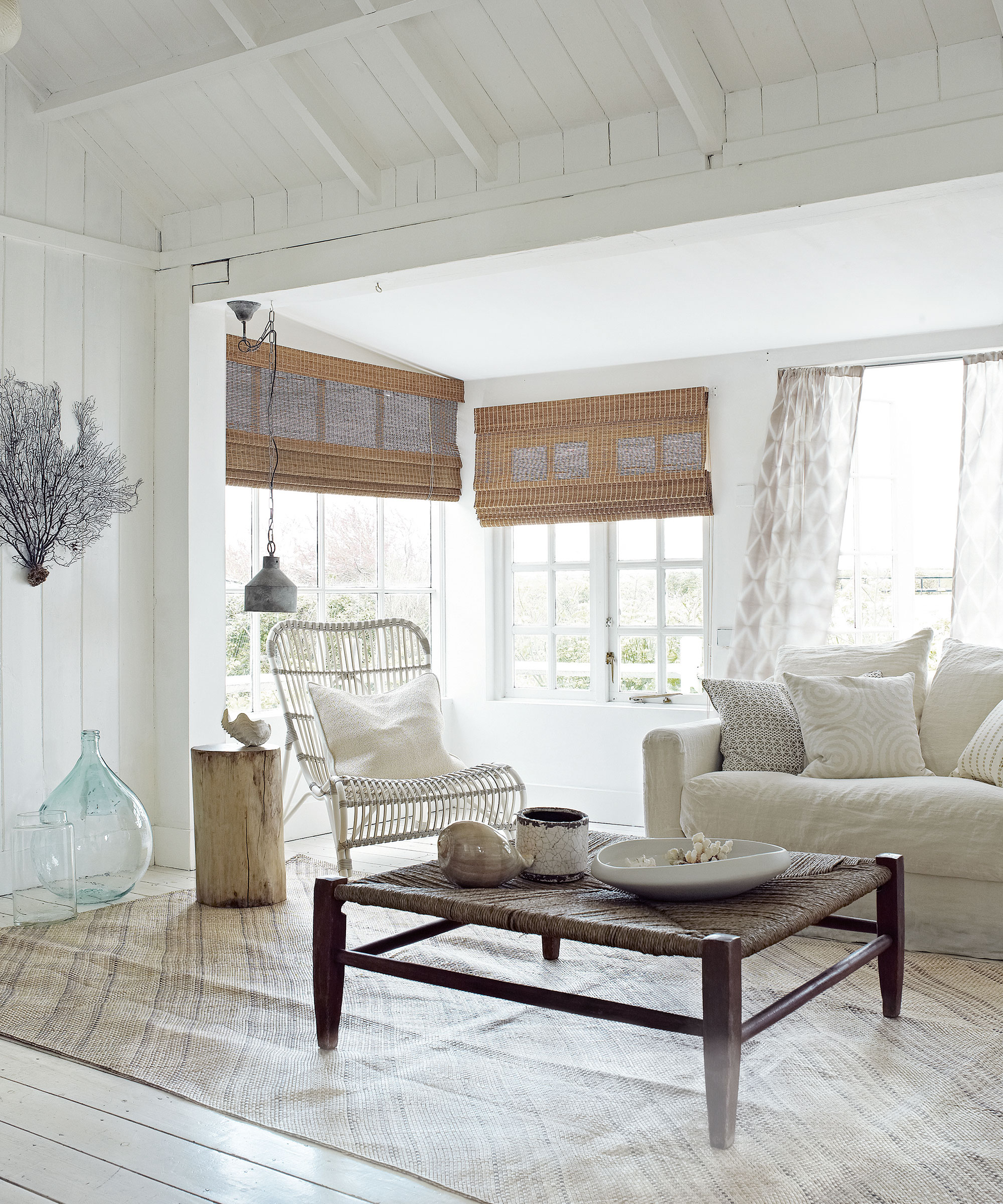
An overcluttered room is a no-no in successful coastal decor, so don’t neglect the requirement for space.
‘I’m a big believer that space is more than the objects it houses,’ says architect and interior designer Hafsa Burt of hb+a Architects. ‘The focus should be on the light, the setting, and not so much on a collection of articles representing water. The vastness can best be expressed with a declutter.’

Hafsa Burt, a seasoned architect with 24 years of experience, leads hb+a Architects, a studio she founded in 2006. A graduate of SCAD with a Master of Architecture, her diverse portfolio spans from the San Francisco Airport to multifamily and medical office buildings. As an environmental advocate, she champions carbon-neutral and regenerative building designs, focusing on indoor air quality and eliminating toxins.
6. Not enough natural materials
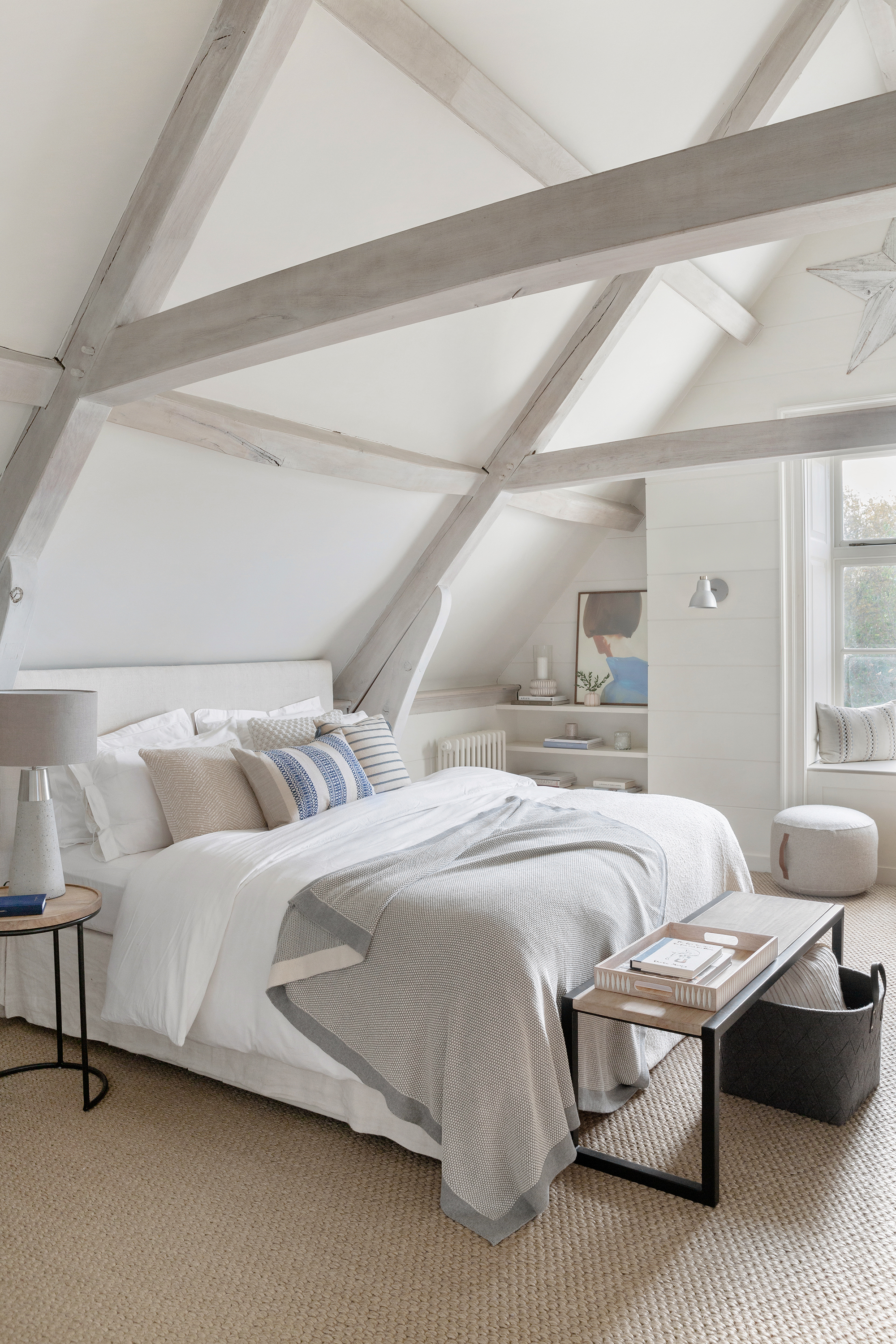
When a real environment is the starting point, be sure the materials you select for coastal decor reflect this. Sleek modern surfaces, a host of shiny metallics, and synthetic fabrics won’t create the comfortable, tactile naturally inspired interiors this style should have
Incorporate wood and wicker, light fabrics as window dressings, and area rugs in seagrass or jute. And think of a finish that suggests gently weathered and cozy rather than pristine and perfect. A large jute rug is always a good idea, it gives that rustic feel that's key to coastal decor, but is a practical choice too as it wears well.
7. Failing to capture views
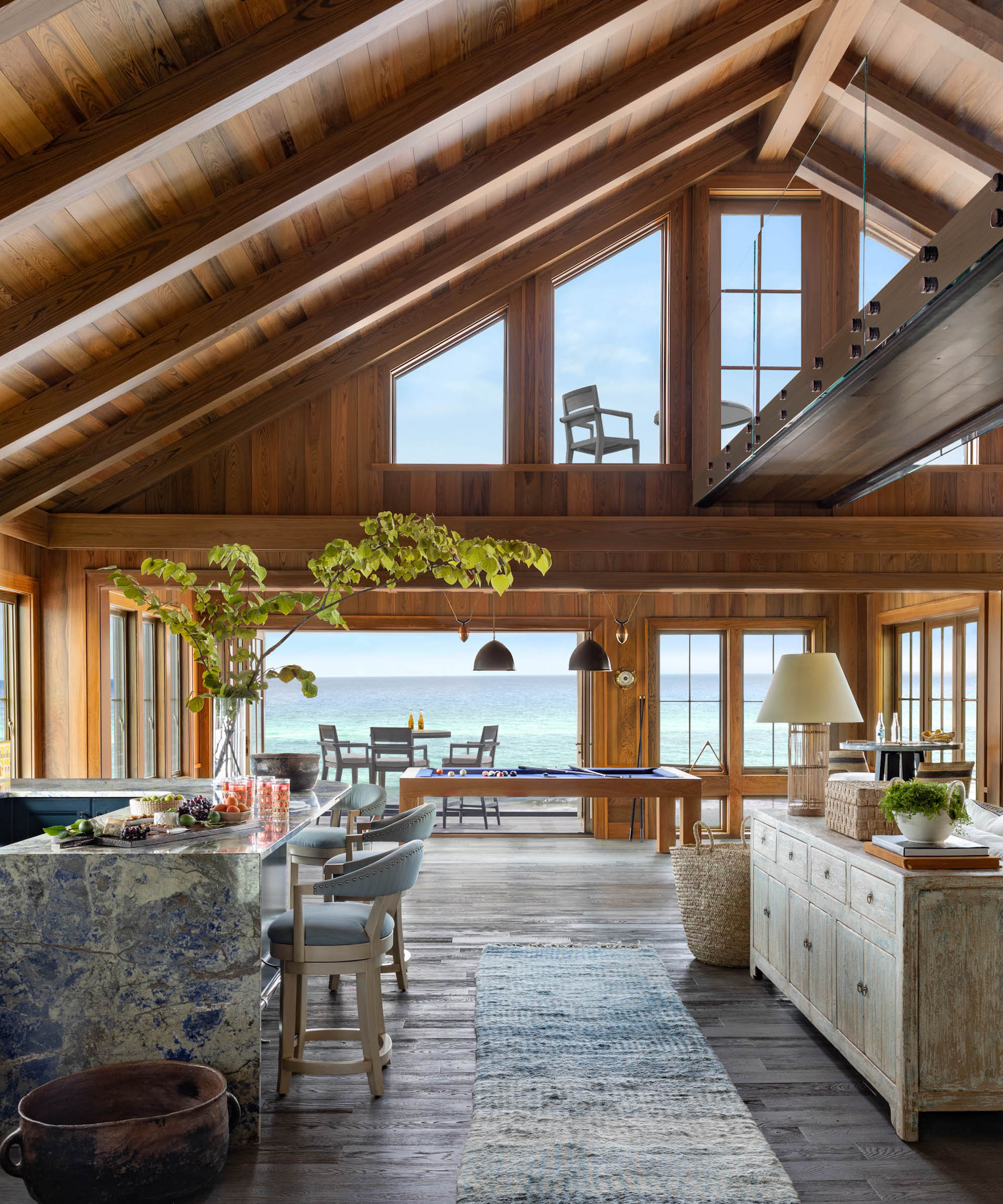
If you actually live in a coastal home, be sure to invite the outside in to avoid a fundamental error.
‘A mistake we see in coastal homes is not capitalizing on amazing views with larger windows and proper placement,’ says architect Tim Adams, founder of TS Adams Studios. ‘Coastal homes often provide the perfect opportunity, allowing a thoughtful design with well-placed windows to frame the picturesque view. Architects and designers must consider not only how a home is perceived from the outside but more so what one experiences from the day to day.’
Be sure, too, that you’re not blocking the view you have with your choice of window treatment ideas. Drapery should be simple, and should leave the maximum of glazing exposed to make the most of the outlook and the light. Try out a nod to the coastal theme with a neutral stripe curtain in a soft linen – Lulu & Georgia has the perfect pair.

Timothy S Adams, AIA received his bachelors and masters degrees in architecture from the Georgia Institute of Technology, and worked in the industry for more than a decade before setting out on his own and ultimately founding TS Adams Studio Architects in 2001. His designs reflect authentic proportions and details, rendered in appropriate materials, resulting in projects that are imbued with soul and transcend time.
FAQs
Can you use black in coastal design?
Coastal design largely uses hues such as blues, grays, and greens along with neutrals. But black can make a great accent shade for coastal interiors. It might be used as trim, in photographs, picture frames, or vases, for example. It’s perfect teamed with white in the coastal grandmother look, too. More boldly, it could even be incorporated over a limited wall area for a sophisticated, modern take on coastal design.
Done well, coastal decor has enduring style in whichever of its different forms you opt for. If your preference is a smart take on the look New England coastal style could be the best approach. Or fall for coastal farmhouse style for a happy combination of the laid-back and the rustic.
Sign up to the Homes & Gardens newsletter
Design expertise in your inbox – from inspiring decorating ideas and beautiful celebrity homes to practical gardening advice and shopping round-ups.

Sarah is a freelance journalist and editor. Previously executive editor of Ideal Home, she’s specialized in interiors, property and gardens for over 20 years, and covers interior design, house design, gardens, and cleaning and organizing a home for Homes & Gardens. She’s written for websites, including Houzz, Channel 4’s flagship website, 4Homes, and Future’s T3; national newspapers, including The Guardian; and magazines including Future’s Country Homes & Interiors, Homebuilding & Renovating, Period Living, and Style at Home, as well as House Beautiful, Good Homes, Grand Designs, Homes & Antiques, LandLove and The English Home among others. It’s no big surprise that she likes to put what she writes about into practice, and is a serial house renovator.
-
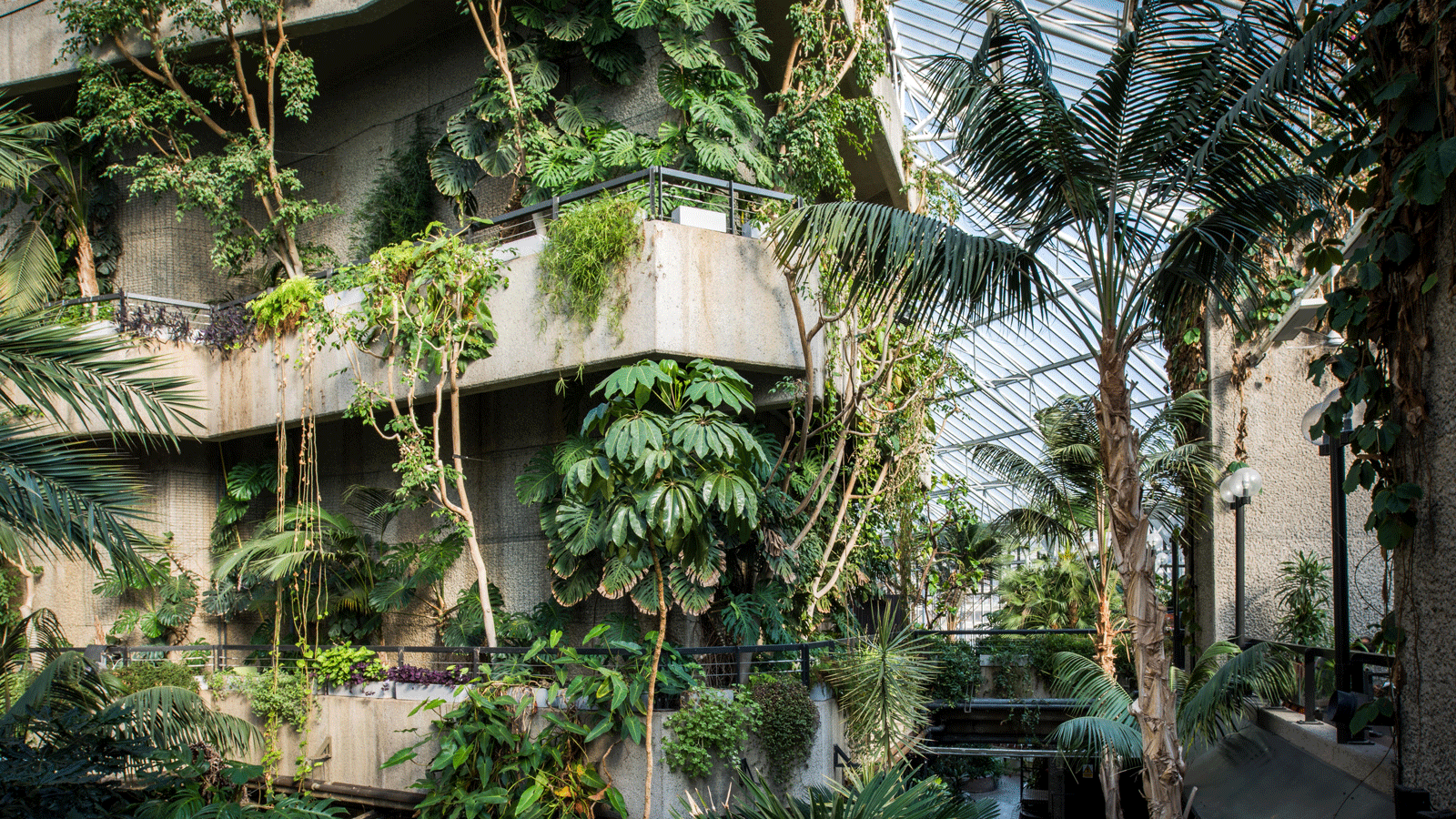 What is eco-brutalism? The naturalistic planting that pairs perfectly with brutalist design, and how you can get in on this emerging trend
What is eco-brutalism? The naturalistic planting that pairs perfectly with brutalist design, and how you can get in on this emerging trendThe angular concrete shapes of this modern architectural movement work beautifully when enhanced by natural planting for a softer edge
By Sarah Wilson Published
-
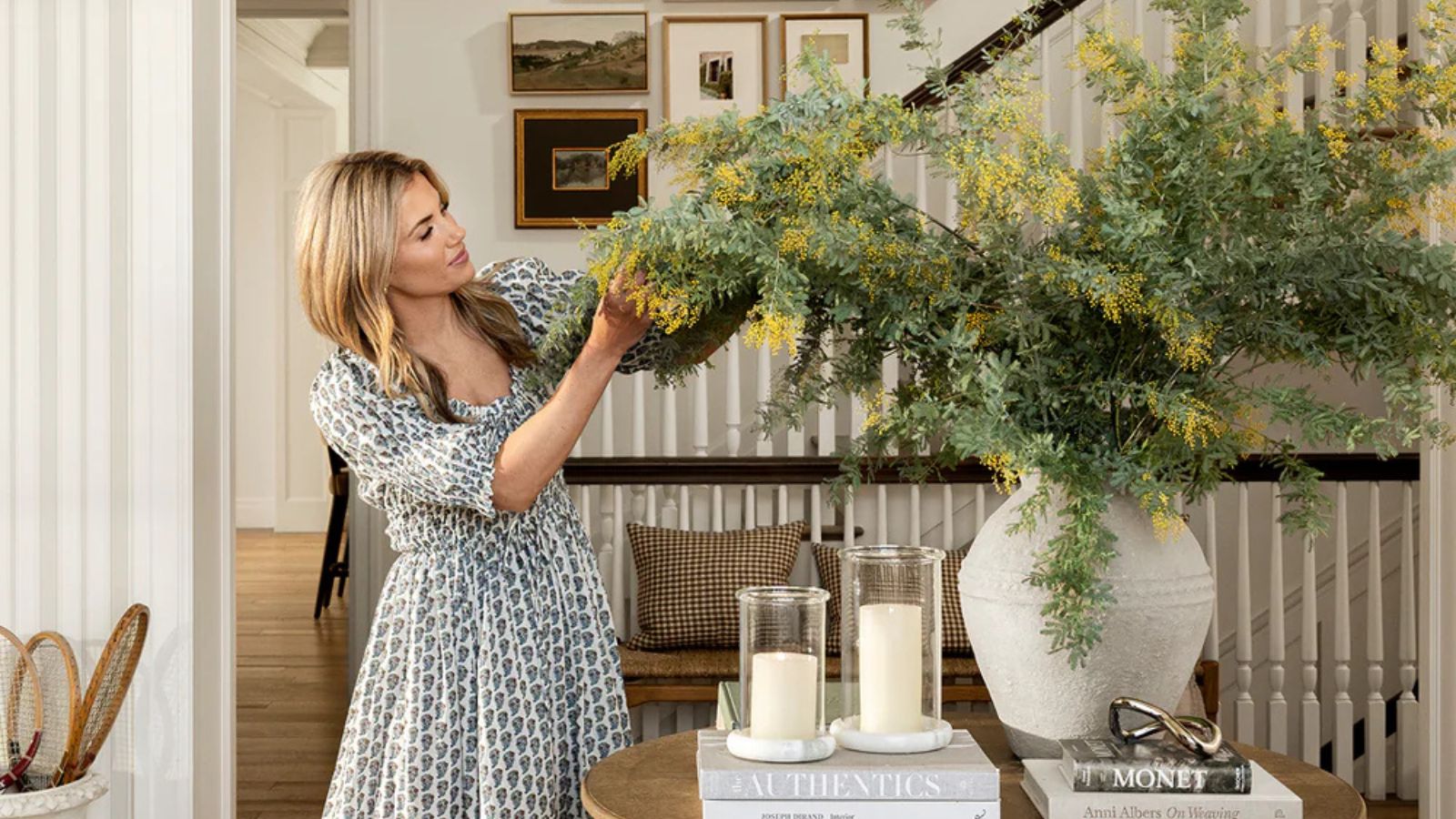 I've had a first look at the McGee & Co. summer 2025 collection, and I think you're going to fall head over heels for the vintage-style rattan pieces
I've had a first look at the McGee & Co. summer 2025 collection, and I think you're going to fall head over heels for the vintage-style rattan piecesThe new McGee & Co. drop is full of vintage charm – and the scalloped coffee table is my standout pick for summer
By Charlotte Olby Published